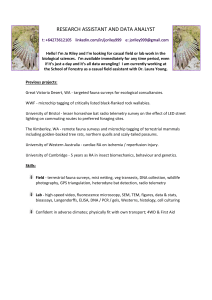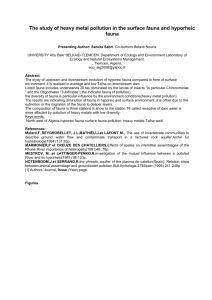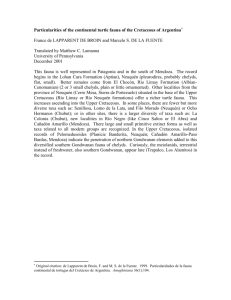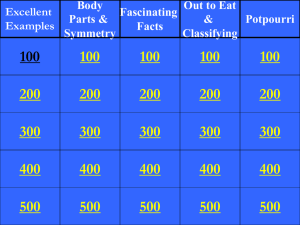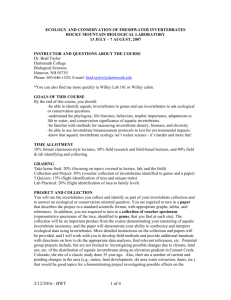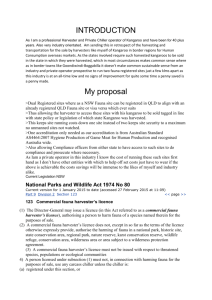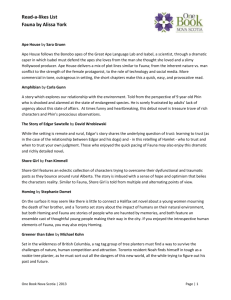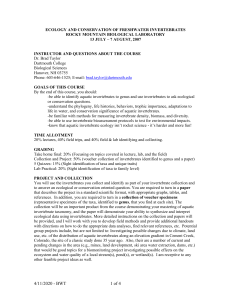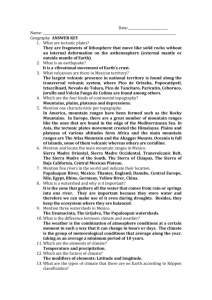The seasonal use of microhabitats by invertebrate fauna associated
advertisement
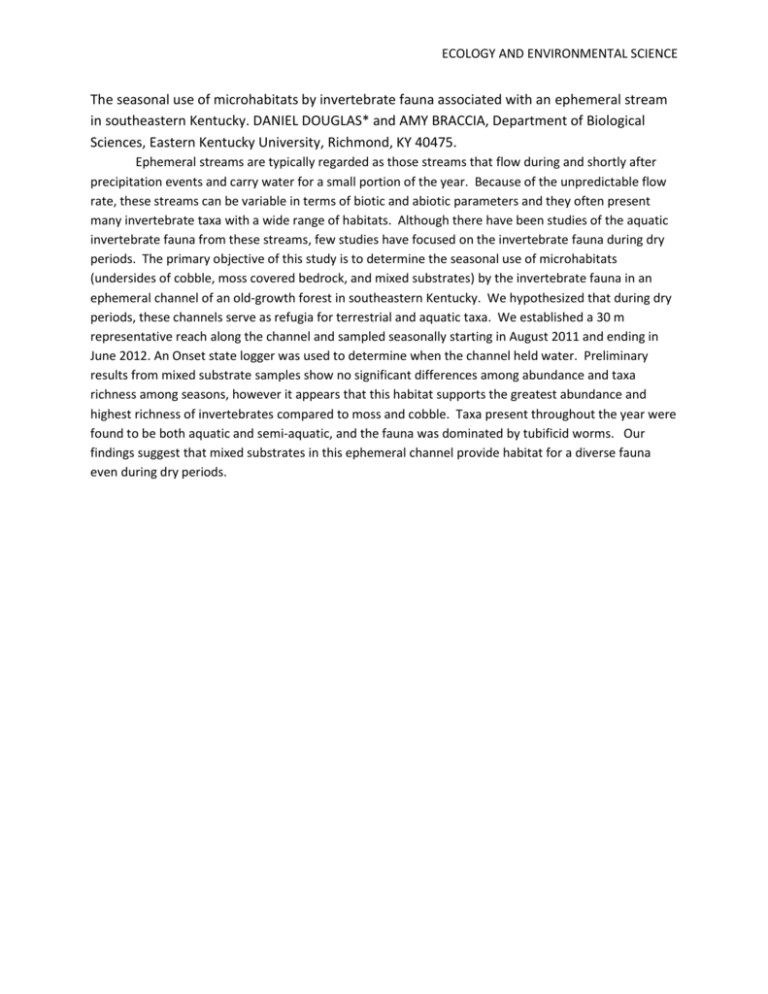
ECOLOGY AND ENVIRONMENTAL SCIENCE The seasonal use of microhabitats by invertebrate fauna associated with an ephemeral stream in southeastern Kentucky. DANIEL DOUGLAS* and AMY BRACCIA, Department of Biological Sciences, Eastern Kentucky University, Richmond, KY 40475. Ephemeral streams are typically regarded as those streams that flow during and shortly after precipitation events and carry water for a small portion of the year. Because of the unpredictable flow rate, these streams can be variable in terms of biotic and abiotic parameters and they often present many invertebrate taxa with a wide range of habitats. Although there have been studies of the aquatic invertebrate fauna from these streams, few studies have focused on the invertebrate fauna during dry periods. The primary objective of this study is to determine the seasonal use of microhabitats (undersides of cobble, moss covered bedrock, and mixed substrates) by the invertebrate fauna in an ephemeral channel of an old-growth forest in southeastern Kentucky. We hypothesized that during dry periods, these channels serve as refugia for terrestrial and aquatic taxa. We established a 30 m representative reach along the channel and sampled seasonally starting in August 2011 and ending in June 2012. An Onset state logger was used to determine when the channel held water. Preliminary results from mixed substrate samples show no significant differences among abundance and taxa richness among seasons, however it appears that this habitat supports the greatest abundance and highest richness of invertebrates compared to moss and cobble. Taxa present throughout the year were found to be both aquatic and semi-aquatic, and the fauna was dominated by tubificid worms. Our findings suggest that mixed substrates in this ephemeral channel provide habitat for a diverse fauna even during dry periods.
